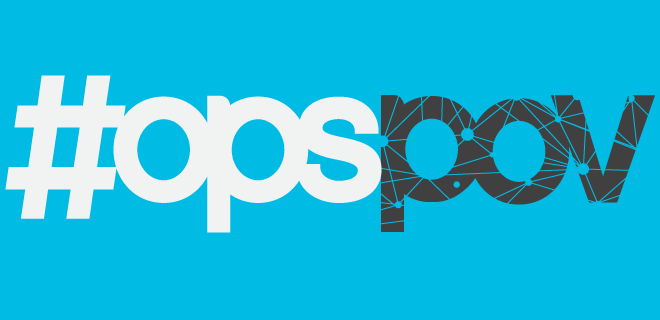
At this year’s Ops in June, we’re going to be talking a lot about the ways in which advertising in B2B can be similar to B2C (there’s a place for branded content, and for programmatic!), and how it’s dissimilar (scale is always one of the kickers). TechTarget—whose Senior Director, Brand Solutions, Nina Shea, will be on an Ops panel talking about data strategy in B2B campaigns—just released a whitepaper discussing those similarities and dissimilarities, too. We took a look at it this week.
The paper, “How Digital Branding Drives B2B Demand,” drew insights from 2,000 banner campaigns on the TechTarget platform, and came out with numbers that both debunk and reinforce some of the intuitive assumptions that are commonly made about how B2B advertising works. In short, the paper argues branding has an important place in a B2B campaign.
Branding matters because it helps customers understand what the advertiser is and what they do. That gives B2B advertisers a competitive edge once their prospects get to the point of reaching out to potential vendors. Advertisers with a consistent brand presence over the course of a year lifted their consideration rate by 25%. And that’s after running not millions of impressions per quarter, but running 250,000 impressions and up per quarter.
But, according to the paper, this works because it’s not just a banner campaign alone. It’s a coordinated effort. The campaign targets the same prospects with banners and emails at the same time, with the same message or offer. TechTarget had better results when they developed the targeting to consider the behavior of an entire team at one company or another, not just individual users. The paper talks about synchronized messaging—using integrated (cross-channel) marketing, plus audience insights and timing. TechTarget uses the example of syncing a cross-channel message to people buying cloud backup, at the same time. You’re hitting a smaller set of people, but you’re hitting a bunch of them at once. What the advertiser gets is more qualified leads. Leads that don’t go anywhere aren’t hard to gather. B2B branding isn’t necessarily best approached with a maximalist, spray-and-pray approach.
Okay, great—so what’s in it for publishers? Well, that’s where data comes into play. The more insights a campaign can draw about its target users, the more certain the advertiser or agency can be about hitting their intended marks. And you can’t pick up that data just anywhere on the web. This is the kind of data publishers have, and it’s valuable. The specificity and the stakes in B2B advertising can make data partnerships a neat little side business for the right kind of publishers.
Programmatic can be an important part of a B2B campaign, because programmatic brings the focus to finding the audience. But with B2B, it’s really important that you have quality data. Brand safety is a concern, and quality data can help address some of those issues, but quality data really helps with personalization. The targeting is narrower, and conversions mean a heck of a lot more money changing hands than in B2C. In a TechTarget video series, Nina Shea talked about “premium data”—and honestly, why not start thinking about rich proprietary data that way? That’s the most valuable stuff, and the shortest in supply. Publisher first-party data can help advertisers understand what their prospects are researching, and that knowledge can inform campaign strategy.
The move toward personalization in advertising has been opening publishers’ eyes to this idea that their data could be a veritable revenue stream—as long as they understand its value, communicate its value to advertiser clients, keep it secure and safe for their users’ sake, and don’t turn it over to just anyone. We’re seeing that in B2B, where finding the needle in the haystack is often so much more complicated than in B2C, publishers really have an opportunity to put their data to work for them.